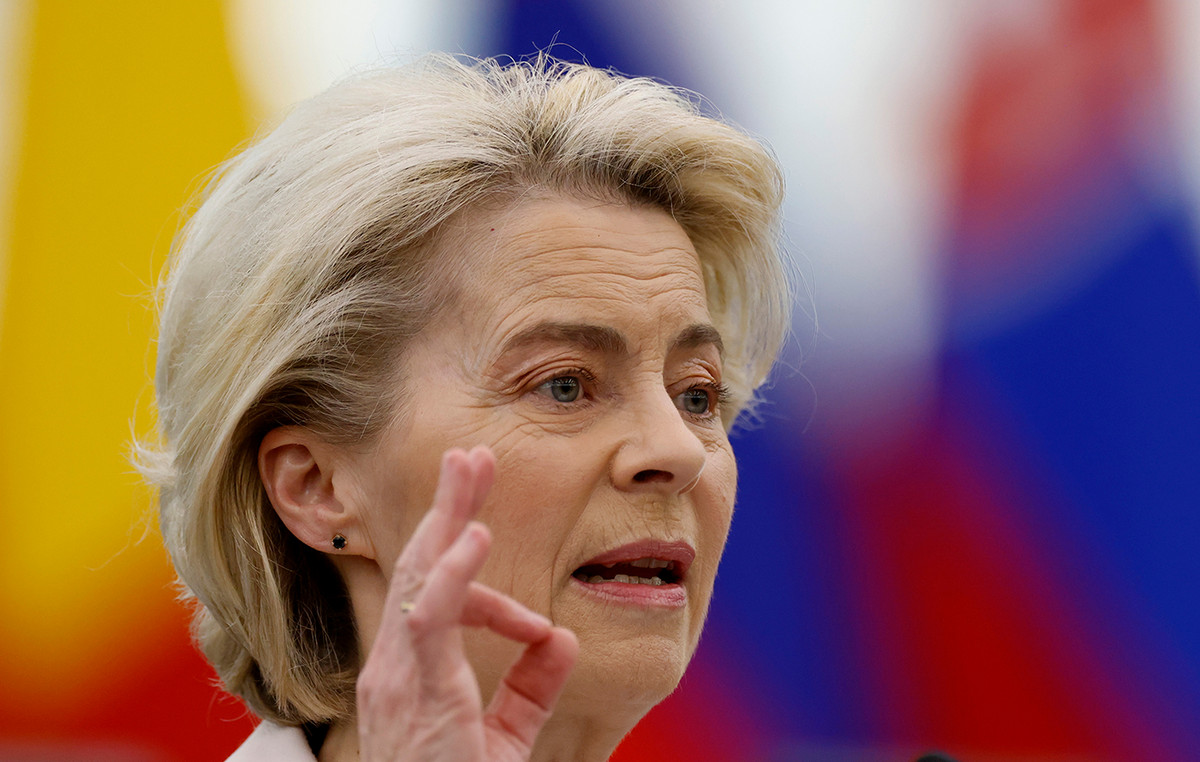- The EUR/JPY falls to positive data from Japan and high inflation.
- Retail sales from Germany and preliminary inflation figures offer a mixed image for the euro, providing an additional ballast for the ECB.
- An aggressive Japan bank and a European central bank dependent on the data boost the price of the Eur/JPy.
The euro (EUR) is under a new pressure against Japanese Yen (JPY) while investors weigh persistent inflation in Japan against weak data of eurozone consumption and inflation. With the European Central Bank (ECB) already in mode of relaxation and the Bank of Japan (BOJ) approaching a greater hardening of politics, the general context is leaning in favor of the YEN.
At the time of writing, the EUR/JPY is quoted below 164.00, with the next support layer resting in 163.00.
Resilient retail sales and growing inflation in Japan support Yen
The latest Japan data has revived the expectations of greater hardening by the BOJ. The underlying consumer price index (CPI), a leading inflation indicator, rose 3.4% year -on -year in May, compared to 3.5% of the previous month, while the CPI excluding fresh foods rose 3.6%, its highest level in two years. The data showed that the increase was driven by a strong increase in food prices, including a 93% increase in rice costs.
Retail sales also exceeded expectations, increasing 3.3% year -on -year in April, indicating that consumer demand remains resilient despite the increase in prices. Industrial production contracted an intermensual 0.9% in April, a lower decrease to the 1.4% expected contraction, which adds evidence that the economy of Japan is being better than anticipated.
Together, these figures have strengthened the case for another rise in rates by the Bank of Japan. Having already left the negative interest rates earlier this year, the Central Bank is under growing pressure to even more normalize politics, especially if inflation continues to surprise up.
Retail sales and inflation provide mixed signals
On the contrary, the recent data in Germany, the largest economy in the eurozone, painted a more fragile image. Retail sales in April fell 1.1% intermensual, failing in the expectations of a 0.2% increase. Although the interannual figure showed some strength with 2.3%, the strong monthly fall generated concerns about domestic demand.
Inflation data were mostly online, although the harmonized index of consumer prices (HICP) – the standardized measure of the European Union – exalted slightly above expectations, raising an intermennsual 0.2% and 2.1% year -on -year. Even so, the ECB remains dependent on the data, balancing the economic perspective with inflation expectations.
The EUR/JPY reviews the expectations of divergence of policies between the ECB and the Boj
The divergence of policies between the European Central Bank and the Bank of Japan is becoming increasingly clear. While the ECB seems willing to continue reducing cautious rates in mixed economic signals, the BOJ is under growing pressure to harden even more as inflation gains impulse.
This divergence supports a bearish bias for the Eur/JPy torque. While Japanese inflation remains firm and economic activity continues to resist, it is likely to remain supported. Meanwhile, the euro could be under more pressure if the growth data of the Eurozone continues to disappoint or if the ECB indicates the possibility of additional rate cuts.
Japan Faqs Bank
The Bank of Japan (BOJ) is the Japanese Central Bank, which sets the country’s monetary policy. Its mandate is to issue tickets and carry out monetary and foreign exchange control to guarantee the stability of prices, which means an inflation objective around 2%.
The Bank of Japan has embarked on an ultralaxa monetary policy since 2013 in order to stimulate the economy and feed inflation in the middle of a low inflation environment. The bank’s policy is based on the Quantitative and Qualitative Easing (QQE), or ticket printing to buy assets such as state or business bonds to provide liquidity. In 2016, the Bank redoubled its strategy and relaxed even more policy by introducing negative interest rates and then directly controlling the performance of its state bonds to 10 years.
The massive stimulus of the Bank of Japan has caused the depreciation of the Yen in front of its main monetary peers. This process has been more recently exacerbated due to a growing divergence of policies between the Bank of Japan and other main central banks, which have chosen to abruptly increase interest rates to combat inflation levels that have been in historical maximums. Japan Bank’s policy to maintain low types has caused an increase in differential with other currencies, dragging the value of YEN.
The weakness of the YEN and the rebound in world energy prices have caused an increase in Japanese inflation, which has exceeded the 2% objective set by the Bank of Japan. Even so, the Bank of Japan judges that the sustainable and stable achievement of the 2%objective is not yet glimpsed, so an abrupt change of current monetary policy seems unlikely.
Source: Fx Street
I am Joshua Winder, a senior-level journalist and editor at World Stock Market. I specialize in covering news related to the stock market and economic trends. With more than 8 years of experience in this field, I have become an expert in financial reporting.







